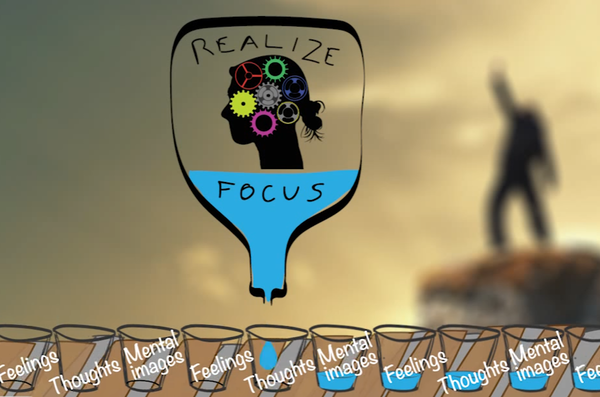Reality
Reality is the conjectured state of things as they exist, rather than as they may appear or might be imagined. We can include in this definition also everything that has existed, exists, or will exist. Reality covers physical existence as well as mental existence (thoughts, imaginations, dreams). We do not explore the philosophical depth of reality, but we look at the reflection of reality in mind.
As it turns out, reality as something outside of ourselves is vast and cannot be captured entirely in the brain. Therefore, the brain selects what is coming to our attention. Reality, in this sense, is the perception of reality. Experiments have shown that there can be considerable differences in perception.
In the context of success, perceived reality is essential, because we base our actions on the perceived reality, not the reality per se. Perception of reality is also socially based, as many experiments have shown. Reality per se might be something that cannot be changed easily. Perceived reality, however, is much easier to change and provides the basis for changes in the reality.
As it turns out, the human brain works quite the opposite to the common belief, which thinks that reality is reflected in mind. The truth is, that the mind creates a prediction (or a model) of reality, and then looks for confirmation. This way, it is impossible to be unbiased when looking at reality. Our prediction colours whatever is there. This mode of predicting reality and then confirming the prediction is built-in to our brain, and cannot be changed. However, it is possible to change the prediction.
In this sense, the brain is a powerful realisation device. It takes our prediction and expectation of reality given by thoughts, mental images, and feelings and realises them by watching out for confirmation. This handling is shown in the figure as filling the empty glasses of thoughts, feelings and mental images with reality. Of course, there are some limitations. Our expectations have to be somewhat compatible with reality, in particular as far as survival is concerned.
This mechanism of predict and confirm helps the brain to select relevant information for survival. Survival is the main task of our brain, and it works on it all the time. It creates perceived reality based on our senses and our thoughts, feelings, and mental images.
We understand now that our brain creates our reality based on our thoughts, feelings, and mental images. In this course, we will work on changing our thoughts, feelings, and mental images, thereby changing our reality. We do this using habits, goals, and affirmations.
Limitations
The brain is a creative device, and is not equipped for destructive purposes equally well.
The first known problem is that the brain can only handle negation with first creating the negated thing, and then somehow destroying it. Small children will most often be attracted to forbidden actions. If you tell them not to throw a stone, the most natural thing is to do it. A better way is to tell them what they are supposed to do: "look at these nice birds". You can use this also yourself, for example, by thinking "I must remember my big goal." instead of "I must not forget my big goal."
The second known issue is that the brain is mostly concerned with ourselves, and many messages sent out to others translate into messages of ourself. So if you claim "You are an idiot.", your brain will readily turn this into "I am an idiot."
Finally, the prediction of reality has to have some level of compatibility with reality. Typically more than 50% truth is enough. For example, if you expect the traffic lights to show red whenever you approach, and reality is that this is true in 50% of the cases, you will get enough confirmation for your expectation to believe it.
